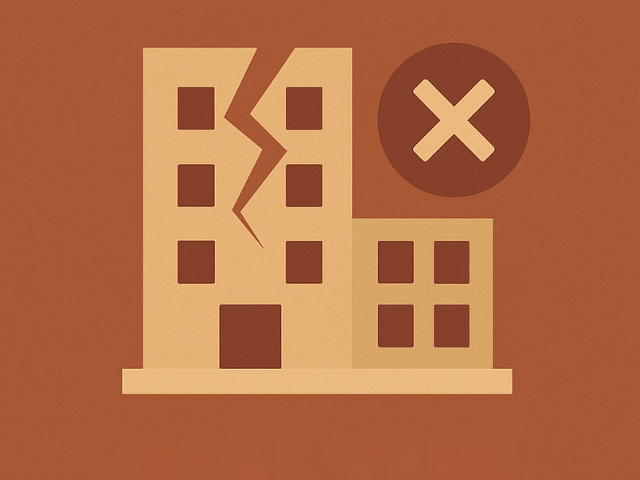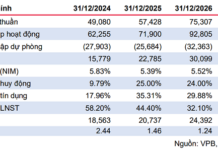
Under What Circumstances Can a Business Be Dissolved?
According to Article 207 of the 2020 Enterprise Law and Law 76/2025 amending and supplementing certain provisions of the Enterprise Law No. 59/2020, a business is subject to dissolution if it fails to maintain the minimum number of members or shareholders for 6 consecutive months without converting its legal form. |
What is One of the Conditions for a Business to Be Dissolved?
A business can only be dissolved after ensuring all debts and other financial obligations are fully paid and it is not involved in any ongoing court or arbitration disputes. |
What is the Priority Order for Debt Repayment When Dissolving a Business?
As stipulated, debts are repaid in the following order: salary and insurance obligations (including severance pay, social insurance, health insurance, and unemployment insurance), followed by tax debts, and then other debts. |
– 19:28 19/11/2025








































